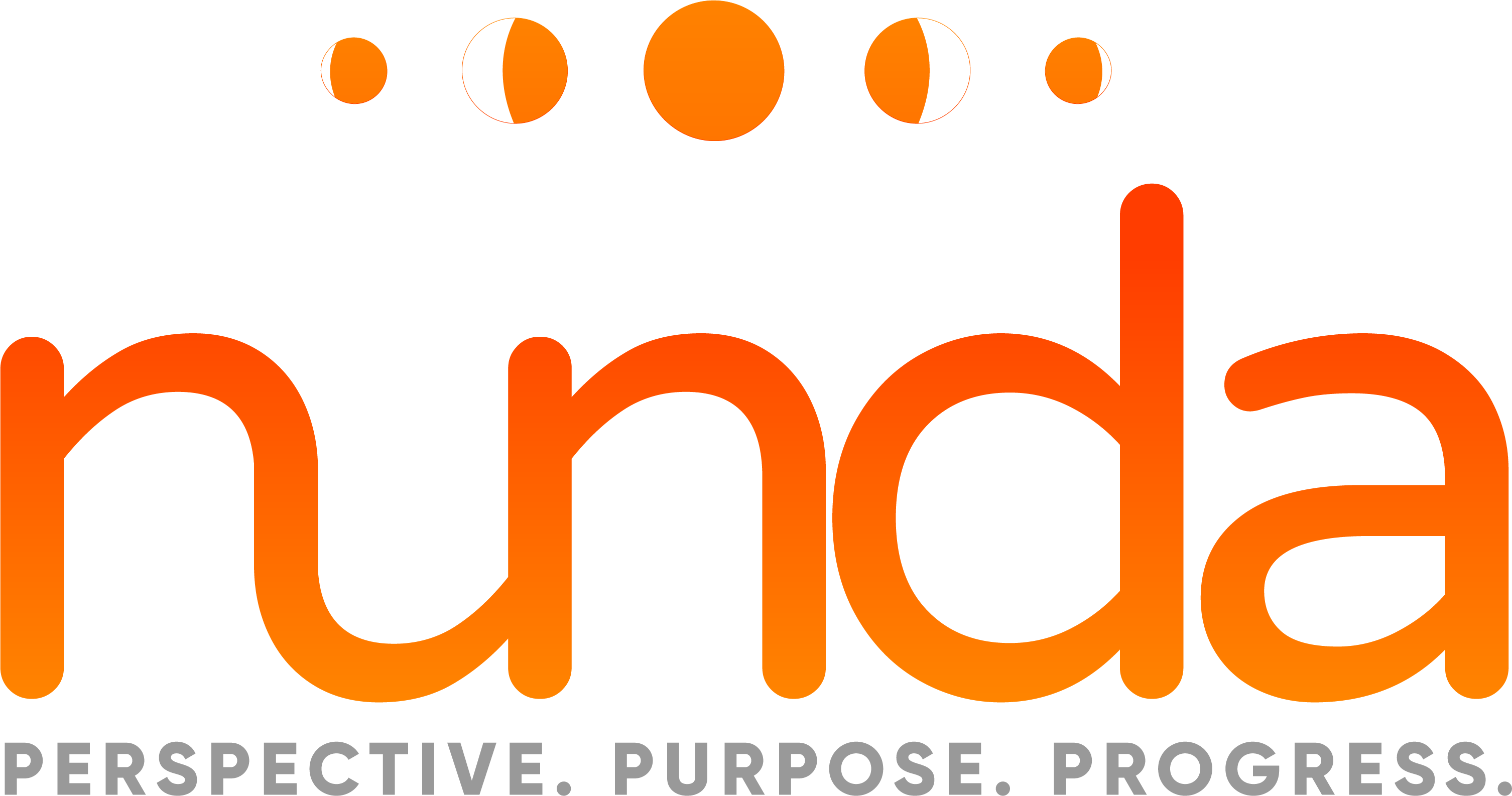Purpose

If you believe that the employee who needs a formal Performance Improvement Plan (PIP) will never succeed in your organization, this story is for you.
The newly promoted plant manager of a 150-person organization was failing miserably in the key deliverables his boss expected. Communication and performance improvement coaching did not appear to have an impact nor demonstrate that the manager was capable of improving. The manager’s boss, the VP of manufacturing, grew increasingly unhappy with the plant manager’s performance.
A formal PIP was developed for the plant manager citing eleven goals and their measures of success. A 90-day time frame was provided as these goals were challenging and not short-term items to accomplish. He was given a strong, supportive environment in which his supervisor’s expectations for his success were a key factor.
Guess what?
He succeeded beyond their wildest dreams. All he needed was serious direction about what he needed to do to succeed.
Armed with the specific direction laid out formally in the PIP, he gathered his whole team, four supervisors and several members of his support staff, and shared the PIP with its eleven key goals. He asked for their help in reaching the goals so that he (and they) could succeed in the eyes of his boss. They did.
So, watching this process play out made believers of everyone involved in the power of a well-planned, measurable PIP characterized by positive reinforcement and expressed support and encouragement.
Performance Management: Performance Improvement Plan
The Performance Improvement Plan (PIP) is designed to facilitate constructive discussion between a staff member and his or her supervisor and to clarify the exact work performance requiring improvement.
It is implemented, at the discretion of the manager, when it becomes necessary to help a staff member improve his or her performance. The manager, with input from the affected employee, develops an improvement plan; the purpose of the goals outlined is to help the employee to attain the desired level of performance.
The PIP differs from the Performance Development Planning (PDP) process in the amount and quantity of the detail. Assuming an employee is already participating in the company-wide PDP process, the format and the expectation of the PIP should enable the manager and staff member to communicate with a higher degree of clarity about specific expectations.
In general, people who are performing their jobs effectively and meeting the expectations of the PDP process, will not need to participate in a PIP. It is the rare, under-performing employee, the one whose performance the manager believes can improve with assistance, who is the typical participant in the PIP.
In all cases, it is recommended that the manager’s manager and the Human Resources department review the plan. This will ensure that employees experience consistent, fair treatment across the departments and across the company.
The manager monitors and provides feedback to the employee regarding his or her performance on the PIP and may take additional disciplinary action, if warranted, through the organization’s Progressive Discipline Process, if necessary.
The supervisor should review the following six items with the employee when using the document.


